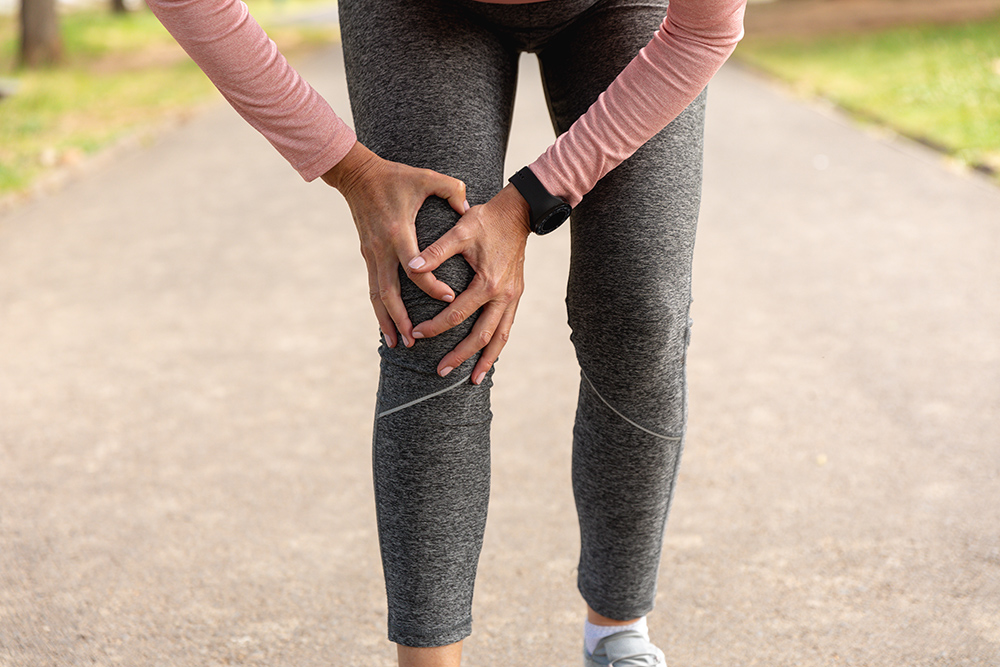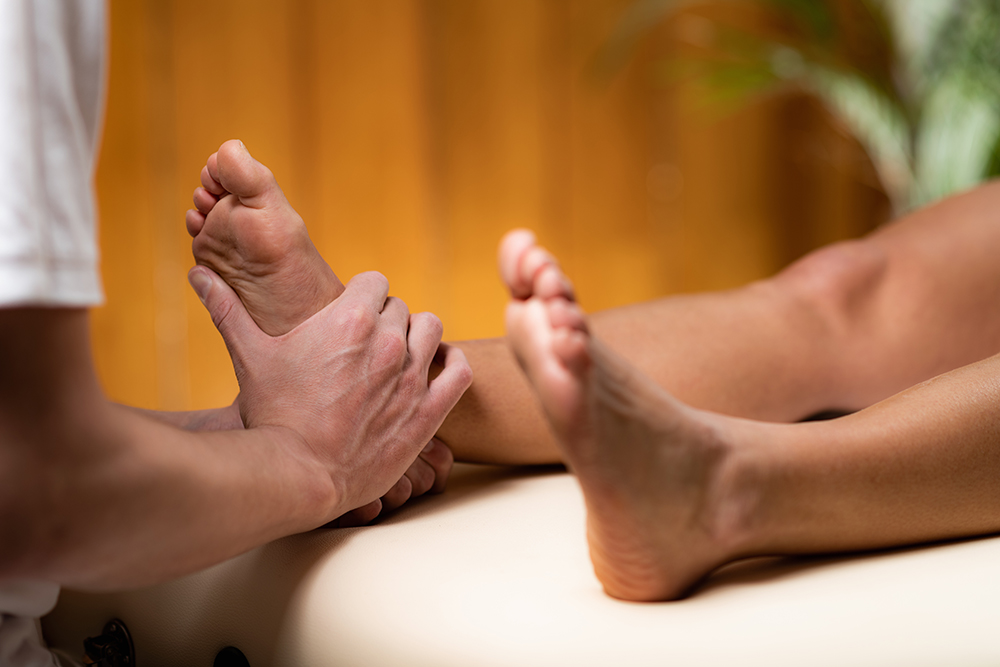Ouch! Oww. Argh.
Whether you’re unable to work, or unable to play catch with your kids, no one has time for injuries.
When it comes to treatment, most people agree physical therapy can make a positive difference. At the same time, many patients still question if it’s worth the cost.
We get it. Cost is a legitimate concern. Insurance companies may only cover a portion of your physical therapy treatment and limit the number of sessions they cover. At the same time, investing in physical therapy can prevent more costly and invasive solutions like surgery and expensive medication.
As a physical therapy patient, we know you’re investing time and money into feeling better. As physical therapists, it is our job to help eliminate your pain and maximize your physical therapy investment.
Regardless of your injury or condition, here are 8 tips for getting the absolute most out of your physical therapy.
-
Practice describing your pain. During a physical therapy session, we will ask a series of questions. This isn’t a pop quiz, no need to worry. You can prepare by reflecting on questions like these: Where is my pain located? When do I experience pain? What types of activities cause me pain? While you may not typically keep a pain journal, preparing these responses can aid in your recovery time. The more we know about your pain, the better care we can provide.
-
Attend therapy sessions as scheduled. With busy schedules and competing priorities, it can be tempting to push your physical therapy session back and reschedule at a later date. Be warned: this can reduce the effectiveness of your physical therapy. Physical therapy is scheduled at the optimal time to aid in your healing. Unless it is an emergency, don’t reschedule. You will benefit from prioritizing your sessions.
-
Arrive early and prepared. If your schedule is flexible, it is advantageous to show up early for your session. This gives you time to relax prior to being called for your appointment. Bring along your pain notes and grab a water bottle. In addition to describing your pain, staying hydrated is a crucial component to your recovery.
-
Wear comfy clothes. It’s no surprise that physical therapy requires movement. But if you’re not in the habit, it can be easy to forget to wear comfortable clothes. Shoulder pain? Wear a shirt that let’s you easily access your shoulder and arm. Knee pain? It’s a good idea to wear shorts. If you don’t know what to wear, feel free to ask so you’re well-prepared.
-
Take detailed notes and photos of each exercise. When it comes to physical therapy, education is key. Understanding your at-home exercises and how to complete them is a crucial component to seeing results. Even if you’re confident you’ll remember how to do each exercise after you leave the physical therapist, notes can help guide your movements. And if you don’t understand an exercise, please ask us to describe it more detail.
-
Do your exercises. If you follow tip #5, you have notes detailing your custom at-home exercise program. Don’t set the notes on your dresser and forget about them. We can’t stress this enough: completing your at-home exercises is not detrimental to your healing. Take a few minutes to complete your exercises as described. If you forget how to do an exercise, ask your therapist to clarify the regimen.
-
Communicate difficulties or challenges. Don’t be afraid to communicate with your physical therapist. If we sent you home with an exercise that is painful and you think you’re doing it wrong, reach out. We want you to feel better. As a partnership, we need to know what is challenging. It is our job to answer your questions, whether they’re about your condition, session, or at-home program.
-
Be patient. We’ll be the first to tell you that effective healing takes time. One session and a week of at-home exercises isn’t the typical success story. Understand that physical therapy is a process. Be patient with yourself.
By following the above tips and developing a collaborative relationship with your therapist, you will be well on your way to healing.
We want to improve your quality of life and get you back to doing what you love. Whatever your end goal is — returning to work, or playing catch with your kids — we are committed to your recovery.
The Lattimore Physical Therapy & Sports Rehabilitation Network was founded by Physical Therapists John and Cindy Shuman in 1992. Since then Lattimore has grown to 20+ locations in 4 different counties.
What’s unique about Lattimore is our patient experience. We tailor your 1:1 treatment around your individual needs, conditions and goals. With us, you’re more than just a number. You’re a member of our local community and we’re invested in your success. Call 1–888-PT ROCHS to experience The Lattimore Way!
Follow us on social media
If you enjoyed this blog, please share with your friends!





